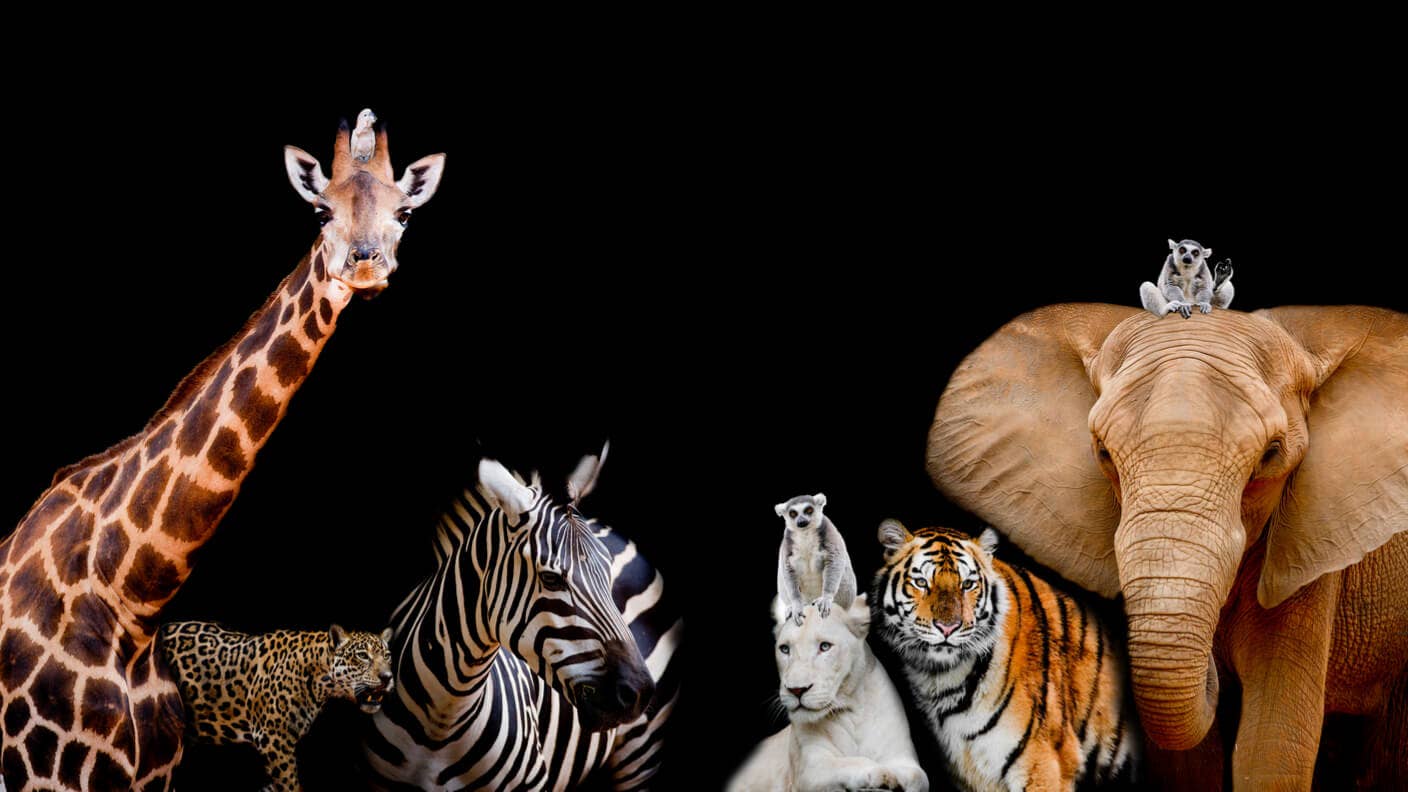The Epic Project to Record the DNA of All Life on Earth

Share
Advances in biotechnology over the past decade have brought rapid progress in the fields of medicine, food, ecology, and neuroscience, among others. With this progress comes ambition for even more progress—realizing we’re capable of, say, engineering crops to yield more food means we may be able to further engineer them to be healthier, too. Building a brain-machine interface that can read basic thoughts may mean another interface could eventually read complex thoughts.
One of the fields where progress seems to be moving especially quickly is genomics, and with that progress, ambitions have grown just as fast. The Earth BioGenome project, which aims to sequence the DNA of all known eukaryotic life on Earth, is a glowing example of both progress and ambition.
A recent paper published in the journal Proceedings of the National Academy of Science released new details about the project. It’s estimated to take 10 years, cost $4.7 billion, and require more than 200 petabytes of digital storage space (a petabyte is one quadrillion, or 1015 bytes).
These statistics sound huge, but in reality they’re small compared to the history of genome sequencing up to this point. Take the Human Genome Project, a publicly-funded project to sequence the first full human genome. The effort took over ten years—it started in 1990 and was completed in 2003—and cost roughly $2.7 billion ($4.8 billion in today’s dollars) overall.
Now, just 15 years later, the Earth BioGenome project aims to leverage plummeting costs to sequence, catalog, and analyze the genomes of all known eukaryotic species on Earth in about the same amount of time and for about the same cost.
“Eukaryotes” refers to all plants, animals, and single-celled organisms—all living things except bacteria and archaea (those will be taken care of by the Earth Microbiome Project). It’s estimated there are somewhere between 10–15 million eukaryotic species, from a rhinoceros to a chinchilla down to a flea (and there are far smaller still). Of the 2.3 million of these that we’ve documented, we’ve sequenced less than 15,000 of their genomes (most of which have been microbes).
As impressive as it is that scientists can do this, you may be wondering, what’s the point? There’s a clear benefit to studying the human genome, but what will we get out of decoding the DNA of a rhinoceros or a flea?
Earth BioGenome will essentially allow scientists to take a high-fidelity, digital genetic snapshot of known life on Earth. "The greatest legacy of [the project] will be a complete digital library of life that will guide future discoveries for generations," said Gene Robinson, one of the project’s leaders, as well as a professor of entomology and the director of the Carl R. Woese Institute for Genomic Biology at the University of Illinois.
The estimated return on investment ratio of the Human Genome Project was 141 to 1—and that’s just the financial side of things. The project hugely contributed to advancing affordable genomics as we know it today, a field that promises to speed the discovery of disease-causing genetic mutations and aid in their diagnosis and treatment. New gene-editing tools like CRISPR have since emerged and may one day be able to cure genetic illnesses.
Extrapolate these returns over millions of species, then, and the insight to be gained—and the concrete benefits from that insight—are likely significant. Genomic research on crops, for example, has already yielded plants that grow faster, produce more food, and are more resistant to pests or severe weather. Researchers may find new medicines or discover better ways to engineer organisms for use in manufacturing or energy. They’ll be able to make intricate discoveries about how and when various species evolved—information that’s thus far been buried in the depths of history.
Be Part of the Future
Sign up to receive top stories about groundbreaking technologies and visionary thinkers from SingularityHub.


In the process, they’ll produce a digital gene bank of the world’s species. What other useful genes will lurk there to inspire a new generation of synthetic biologists?
"[In the future] designing genomes will be a personal thing, a new art form as creative as painting or sculpture. Few of the new creations will be masterpieces, but a great many will bring joy to their creators and variety to our fauna and flora,” renowned physicist Freeman Dyson famously said in 2007.
Just a little over ten years later his vision, which would have been closer to science fiction not so long ago, is approaching reality. Earth BioGenome would put a significant fraction of Earth’s genetic palette at future synthetic biologists' fingertips.
But it’s not a done deal yet. In addition to funding, the project’s finer details still need to be firmed up; one of the biggest questions is how, exactly, scientists will go about the gargantuan task of collecting intact DNA samples from every known species on Earth. Some museum specimens will be used, but many likely haven’t been preserved in such a way that the DNA could produce a high-quality genome. One important source of samples will be the Global Genome Biodiversity Network.
"Genomics has helped scientists develop new medicines and new sources of renewable energy, feed a growing population, protect the environment, and support human survival and well-being," Robinson said. "The Earth BioGenome Project will give us insight into the history and diversity of life and help us better understand how to conserve it."
Image Credit: Destinyweddingstudio / Shutterstock.com
Vanessa has been writing about science and technology for eight years and was senior editor at SingularityHub. She's interested in biotechnology and genetic engineering, the nitty-gritty of the renewable energy transition, the roles technology and science play in geopolitics and international development, and countless other topics.
Related Articles

This Week’s Awesome Tech Stories From Around the Web (Through December 20)

Data Centers in Space: Will 2027 Really Be the Year AI Goes to Orbit?

New Gene Drive Stops the Spread of Malaria—Without Killing Any Mosquitoes
What we’re reading